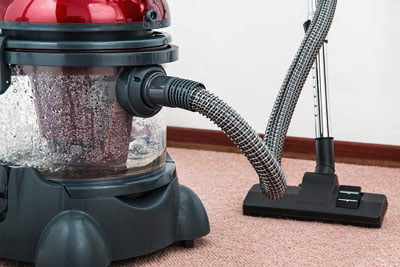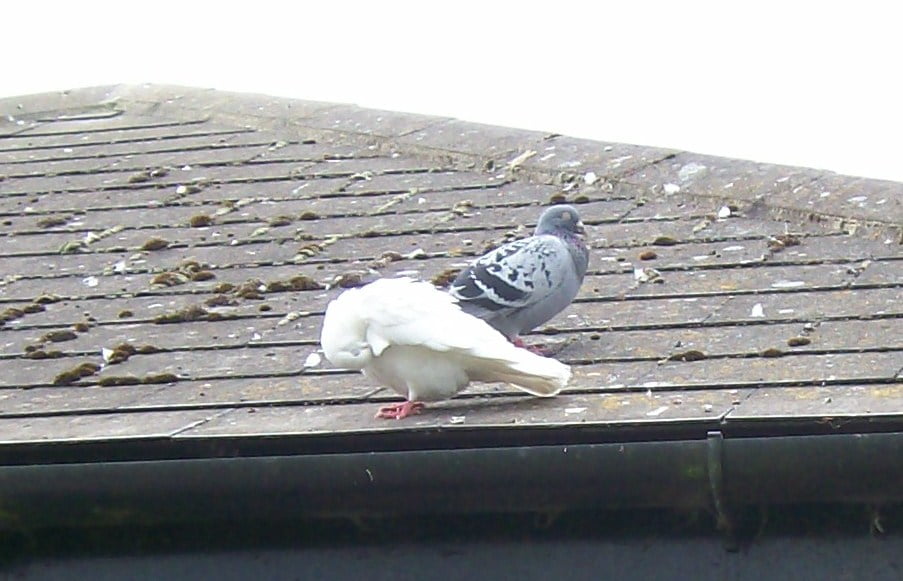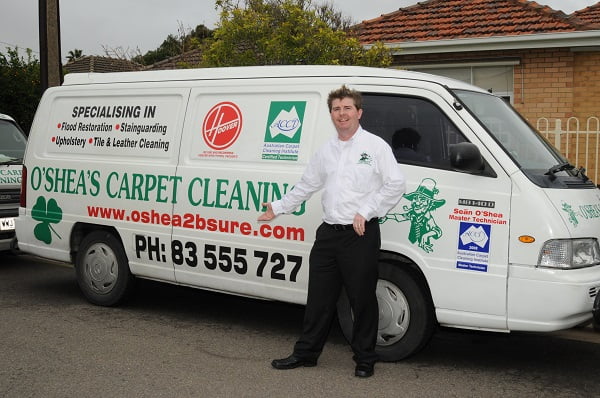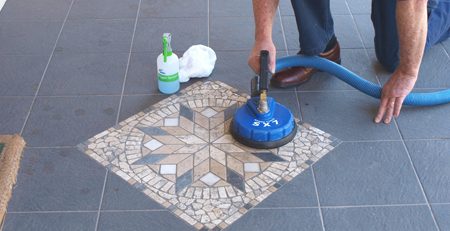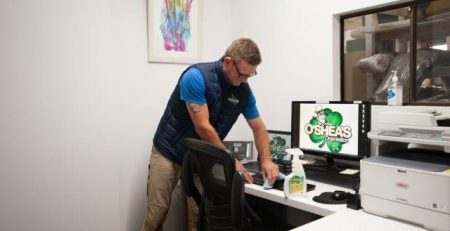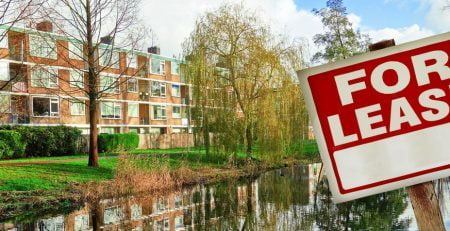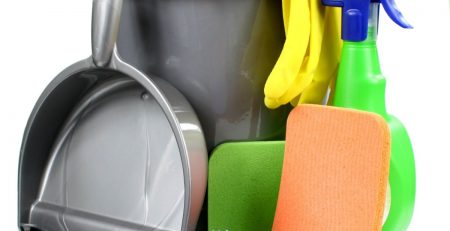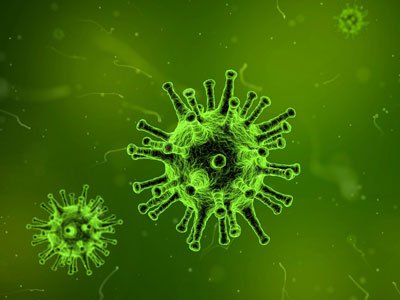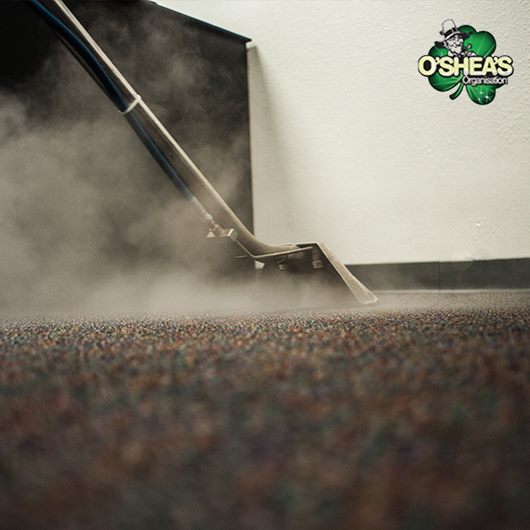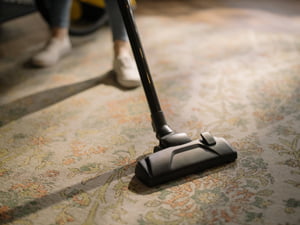Checklist for Cleaning up After a Storm & Flood Incident
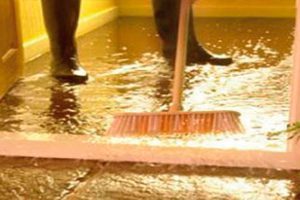 Floods can be devastating; nobody wants to leave their home, unable to do anything while it gets wrecked – potentially. Although you may want to move straight back in and get on with your life as soon as the flooding has subsided. Cleaning up carefully and thoroughly is vital to ensure that you are safe, and all damages are reverted.
Floods can be devastating; nobody wants to leave their home, unable to do anything while it gets wrecked – potentially. Although you may want to move straight back in and get on with your life as soon as the flooding has subsided. Cleaning up carefully and thoroughly is vital to ensure that you are safe, and all damages are reverted.
Safety
- Be very wary of possible electrical and structural damage; look for fallen cables, cracks in structural elements like walls and beams and damaged gas lines before starting clean-up. Water spots on the ceilings indicate roof damage.
- Electrical safety is paramount in the aftermath of a flood. Ensure you only use battery-powered lights and don’t drop your guard when it comes to electricity.
- Do not mix chlorine bleach and vinegar or ammonia for cleaning as it releases a highly toxic gas.
The clean-up
- Document damage and claim
If you have flood insurance, then contact your company as soon as you can. Don’t put off clean-up to wait for an inspector. You should take photos to create an inventory and damaged items should be kept (outside) as proof of loss. - Start quickly
The longer you put it off, the more irreversible the water damage will become, and the more mould will grow. Use fans and open windows to encourage air flow and dehumidifiers to speed up the process. All water-logged items should be dried within two days. - Evaluate
Minor flooding shouldn’t be too hard to clean. However, if it is severe then it will likely require handling by a professional flood & restoration cleaning company. Don’t bother attempting to salvage anything that are soiled by sewage or oil, just throw them away. - Carpets
Any permanently installed carpets that have been flooded are likely unsalvageable, the same goes for any carpet padding underneath. Area rugs and removable carpeting, however, can be saved. Your best bet is to send them off to a carpet cleaning professional, although there are home solutions you can turn to. - Furniture
Solid wood furniture should be taken outside to be cleaned and dried (out of direct sunlight) and drawers should be removed. If the furniture is dirty, then wash it with a damp cloth wrung in mild soap and rinse with a damp cloth wrung in water.Depending on the extent of the damage you may only need to add another layer of lacquer or polish, or you may need to get it professionally refinished. Upholstered furniture will likely need replacing, although if it holds sentimental value then there are professional services which could save it. - Appliances
Small appliances should be checked for exposed and frayed wiring whereas cookers and dishwashers should be inspected by a service company. - Food and Water
Until declared by the proper authority, assume that water is unsafe and use purifying methods such as boiling or tablets for cooking, drinking and washing up. Perishables like dairy and meat kept in the fridge should be thrown away if power had been cut for over four hours. Freezer contents can be safe for up to two days (less if it isn’t very full).
O’Shea’s offers a 24hour emergency service with all the help that you need when cleaning up after a storm or flood. Contact them today and get the clean up process started as soon as you can.


 08 83555727
08 83555727